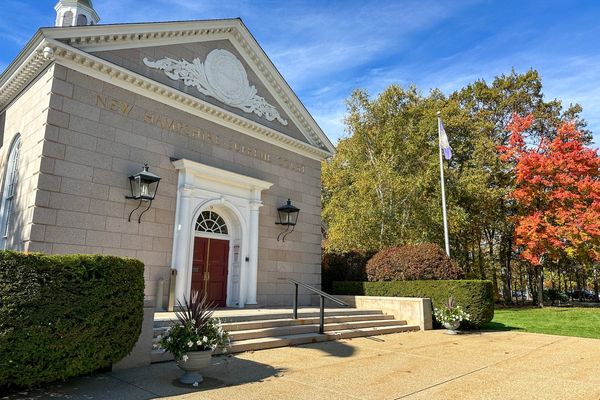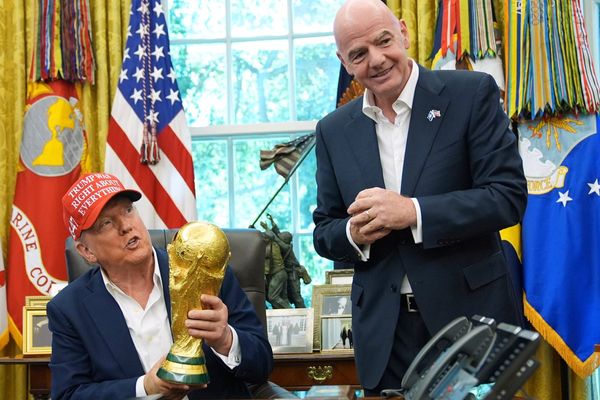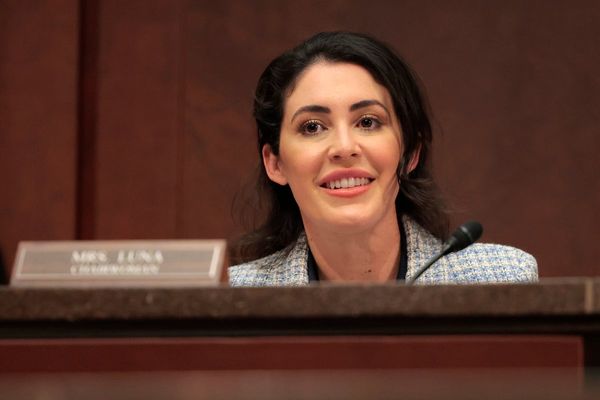WASHINGTON _ The Federal Reserve on Wednesday cut interest rates for a second straight time, but policymakers were divided about the future path of rates.
At their meeting this week, a majority of Fed officials projected no more rate reductions in the foreseeable future, in what is almost certain to be a disappointment to financial markets and President Trump.
The central bank, as expected, announced after its two-day meeting that it was shaving a quarter point from its key interest rate _ to between 1.75% and 2% _ a repeat of its action on July 31.
In making back-to-back rate cuts, the Fed is aiming to shield the American economy against headwinds from the U.S.-China trade war and slowing growth in Europe and Asia _ uncertainties that have weakened business spending and raised the risks of recession.
"They're just trying to make sure we don't fall into recession," said Valentin Haddad, a finance expert at UCLA. "For most individuals, the rate cuts are a good deal," he added, noting that they will hold down mortgage rates and other borrowing costs that the Fed's benchmark rate influences.
But Fed policymakers have been divided on just how much preventive medicine is warranted when the U.S. economy is still expanding at a healthy clip. As in the prior meeting, two out of 10 voting Fed officials dissented to making a rate cut, saying that they preferred to keep rates unchanged.
In this meeting, however, there was a third dissent, from a policymaker who wanted to make a bigger, half-point rate cut.
The divide reflects the bind that the Fed and its chairman, Jerome H. Powell, face as they chart a course fraught with economic crosscurrents as well as unusually strong pressure from the president.
The Fed doesn't want to appear to be acceding to or enabling Trump's unpredictable trade moves, but neither can it sit still in the face of turbulence from the trade war as well as weakness in the global economy. At the same time, the Fed's key rate is already low by historical standards, and continuing to lower it could fan stock market and other financial bubbles while leaving the central bank with less ammunition to cut rates when the next economic downturn comes.
After the announcement, Trump continued his unprecedented effort to pressure the Fed chairman to lower rates more aggressively, tweeting: "Jay Powell and the Federal Reserve Fail Again. No 'guts,' no sense, no vision! A terrible communicator!"
For now, the U.S. economy is continuing to expand at a healthy rate, albeit slower than last year when the big GOP tax cut provided a boost to growth. With job and wage growth solid, consumer spending has been robust since spring, and the latest data on industrial production and consumer prices suggest that manufacturing and inflation may be firming up.
Escalating tariffs and the trade conflict with China, however, have heightened uncertainty and hampered business spending, as have concerns about slowing growth in Europe and the precarious situation involving Britain's exit from the European Union.
The Fed statement Wednesday acknowledged as much, noting that U.S. business investment and exports have weakened even as household spending has been rising at a strong pace. And Fed officials on Wednesday slightly upgraded their economic growth projections for this year. They predicted, on average, that real gross domestic product, or total economic output, would expand at a 2.2% rate this year, up from 2.1% that it forecast in June.
The Fed's new projections indicate that the unemployment rate will remain at a very low 3.7% this year and next, and that inflation will stay at about 1.5% this year and rise to 1.9% in 2020.
After Wednesday, financial markets had been expecting the Fed to make one more quarter-point cut this year, at either its next meeting in late October or its final session in mid-December. But the Fed's new projections show that seven officials expect another quarter-point rate cut in the fourth quarter, while 10 others see it staying at 1.75% to 2% or rising a notch. (Rate policies are set by 10 committee members, some of whom vote on a rotating basis, but there are 17 participants overall.)
"Unless there are more tangible signs that the trade conflict is harming the U.S. economy, it will be difficult to forge a consensus for another rate cut in 2019," said Carl Tannenbaum, chief economist for Northern Trust in Chicago.







